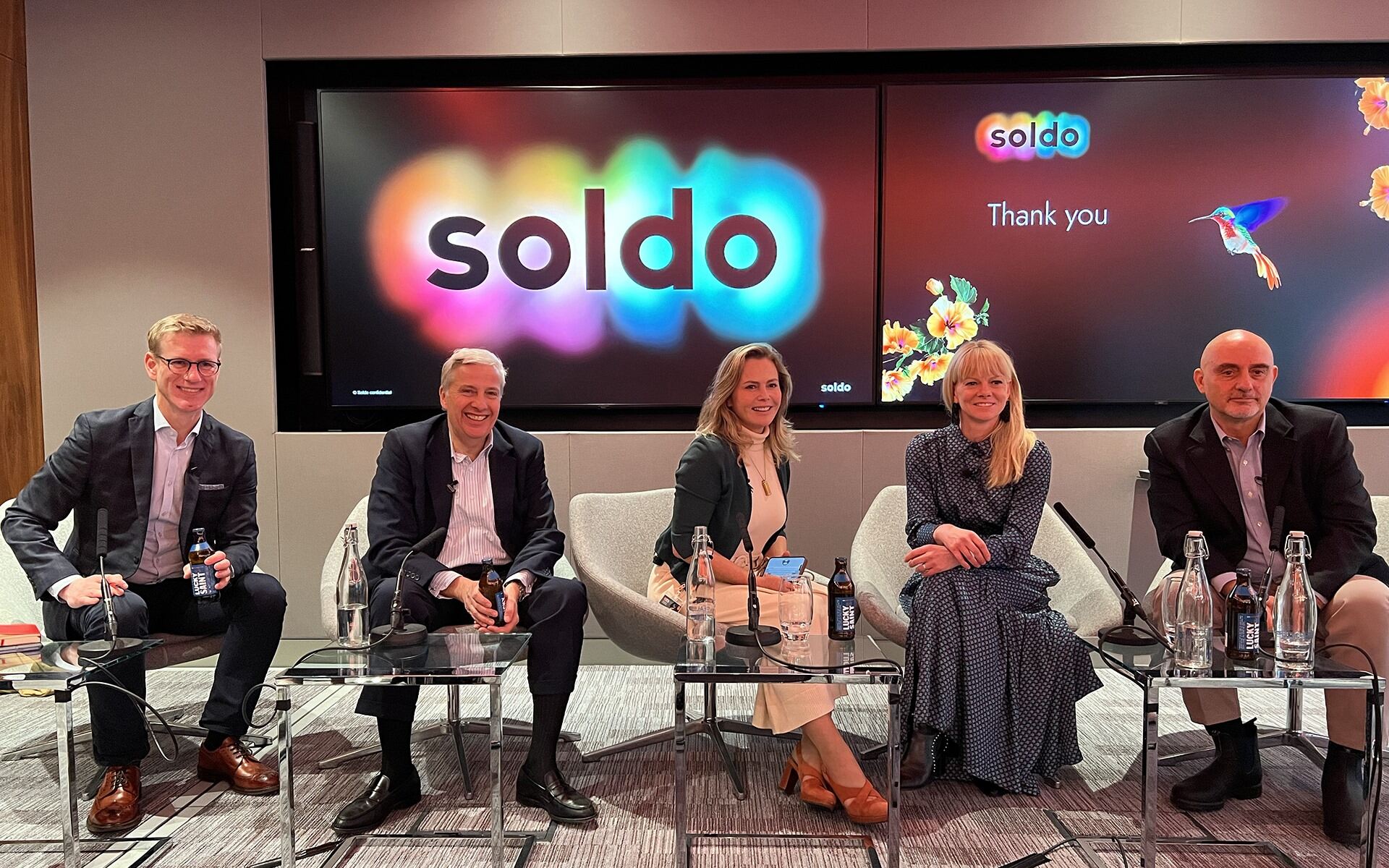Employment Allowance is a way to reduce your National Insurance costs as an employer, by making a claim with HM Revenue & Customs (HMRC). And it’s available right now.
Your payroll costs are one of the biggest outgoings as a business or charity. Typically, payroll can eat up between 15% and 30% of your gross revenue. So, wouldn’t it be nice if there was a simple way to reduce your costs every time you run a payroll? The good news is that there is.
Read on for the answers to these and other questions:
- What is Employment Allowance 2022/23 for employers?
- How does Employment Allowance 2022/23 reduce your employment costs?
- Can you backdate Employment Allowance to previous tax years?
What is Employment Allowance 2022/23 for employers?
Employment Allowance is a way to reduce your organisation’s annual National Insurance (NI) liability. You’ll need to meet the eligibility criteria and make a claim to HMRC. But once the allowance kicks in, you’ll see a reduction of up to £5,000 in your employers’ Nl for the 2022/23 tax year. That’s a great way to free up cash to spend on other things.
You’ll need to be an employer, of course, and each time you run your payroll you’ll be paying less employers’ Class 1 National Insurance.
Once set up, your payroll software will automatically deduct the allowance from your employers’ NI. It’s a simple and straightforward way to reduce your payroll costs. And cutting your operational costs is a helping hand that most organisations will be glad to accept.
How does Employment Allowance 2022/23 reduce your employment costs?
UK wages are on the rise. This means your payroll is becoming more expensive to run. In the three months to September 2022, total pay in the United Kingdom grew by approximately 6%. And this rise isn’t the only drain on your operational cash flow.
Costs for materials, products and services are on the up. Late payments just a hit a two year high. Energy prices have gone stratospheric. And increases to the Living Wage are pushing up labour costs. So, it’s becoming more difficult to maintain a positive cash flow position and generate profitable margins. Making a claim for Employment Allowance helps you re-balance the cash flow scales.
With a successful claim in place:
- You pay no employers NI for the length of the allowance
- Your regular payroll costs are reduced
- Your operational expenses become more affordable
- You have more liquid cash in the business
Having more cash in the organisation opens up plenty of possibilities. You may be able to hire more staff to help drive your growth plans. Or you may be able to afford that new piece of equipment to begin scaling up production. What you do with the money is up to you. But having that extra liquidity and flexibility is likely to be invaluable over the coming year of trading.
Can you backdate Employment Allowance to previous tax years?
You can carry on benefiting from Employers Allowance until you’ve used up the £5,000 maximum limit for the 2022/23 allowance. You don’t have to reach the £5,000 limit if your employers’ Class 1 NI contributions wouldn’t usually amount to this total. But once the maximum limit is reached, you’ll return to paying employers’ NI contributions at the usual rate.
You can also make backdated claims for Employment Allowance in previous tax years. You can claim Employment Allowance for the previous four tax years, dating back to the 2018/2019 tax year.
So, if you’ve never made an Employment Allowance claim, this could be positive news for your cash flow situation. You can only claim the allowance at the rate that it was paid during each tax year, meaning you could still potentially claim:
- £3,000 for the 2018/2019 tax year
- £3,000 for the 2019/2020 tax year
- £4,000 for the 2020/2021 tax year
- £4,000 for the 2021/2022 tax year
- £5,000 for the 2022/2023 tax year
That’s a total of £19,000 that could be ploughed back into your cash flow! A very welcome bonus as you navigate the current economic climate.
Part 2: eligibility explained
In the next instalment of this 4-part series, we look at who’s eligible for the Employment Allowance. Some kinds of employment are excluded, so make sure you check it out to find out more.
Visit our blog for more practical tips for business owners and SMEs or subscribe to get them direct to your inbox. Learn more about Soldo here.













